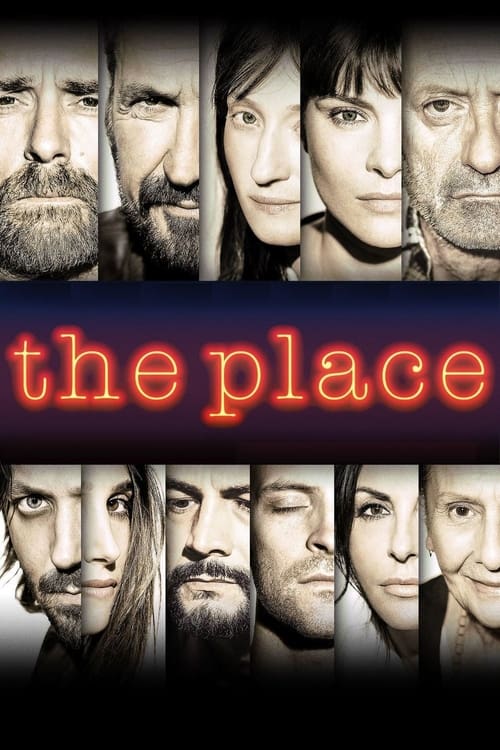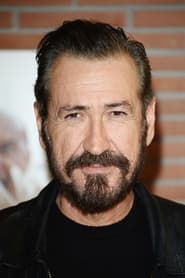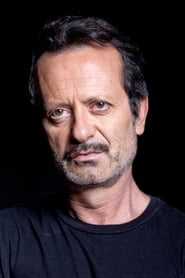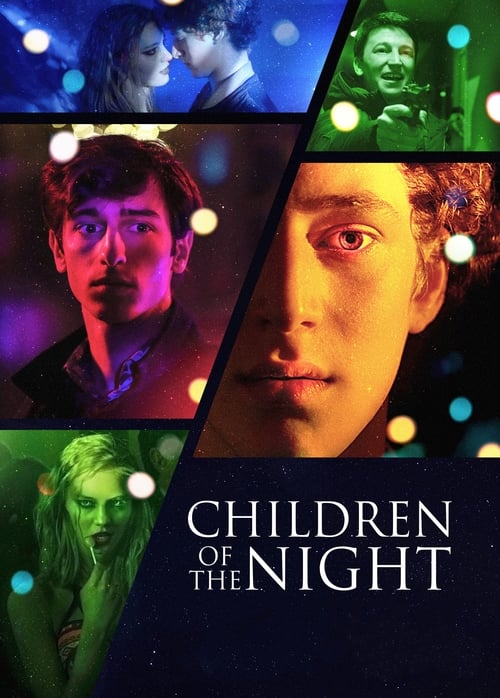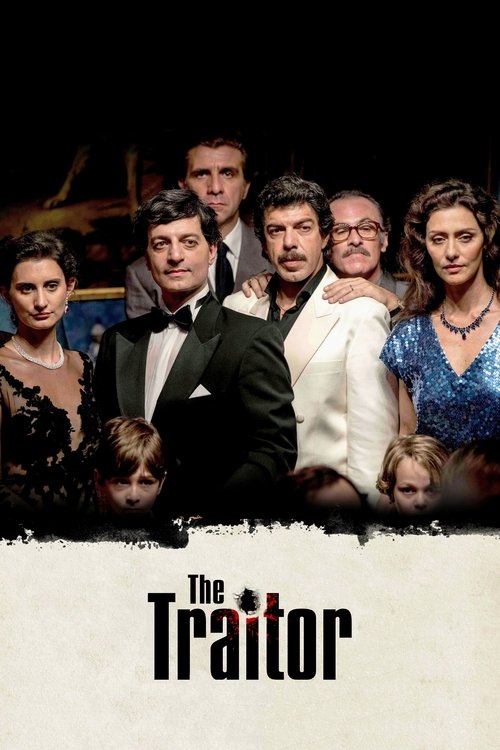
Ask Your Own Question
What is the plot?
What is the ending?
In the ending of "The Place," the main character, a mysterious man known as The Man, fulfills the wishes of various individuals who come to him with their desires. However, as the story unfolds, it becomes clear that the wishes come with significant consequences. The film concludes with The Man facing a personal dilemma regarding his own wish, leading to a poignant and ambiguous ending.
As the final scenes unfold, we see The Man sitting in his usual spot at the café, where he has been granting wishes to those who approach him. The atmosphere is heavy with tension as he reflects on the wishes he has granted and the impact they have had on the lives of others. Each character who sought his help has faced their own trials, and their stories intertwine in a web of desire and consequence.
One of the last characters to approach The Man is a woman who wishes for her husband to return to her. The Man listens intently, his expression revealing a mix of empathy and detachment. He grants her wish, but the outcome is bittersweet, as the husband returns but is not the same man she once knew. This moment encapsulates the film's exploration of the complexities of human desire and the unforeseen repercussions of getting what one wishes for.
As the café scene continues, we see The Man's internal struggle intensify. He has been granted a wish of his own, one that he has kept hidden throughout the film. The weight of this wish bears down on him, and he grapples with the moral implications of what it means to fulfill one's own desires at the expense of others. The camera lingers on his face, capturing the turmoil within him as he contemplates the nature of his existence and the choices he has made.
In the final moments, The Man makes a decision that is both profound and ambiguous. He stands up from his seat, leaving behind the café and the life he has known. The film closes with him walking away, leaving the audience to ponder the significance of his journey and the unresolved nature of his own wish. The screen fades to black, leaving viewers with a sense of uncertainty about the future of The Man and the lives he has touched.
In summary, the ending of "The Place" is marked by a culmination of character arcs and the exploration of the consequences of desire. Each character's fate is intertwined with The Man's own journey, culminating in a poignant reflection on the nature of wishes and the complexities of human relationships.
Is there a post-credit scene?
The movie "The Place," produced in 2017, does not have a post-credit scene. The film concludes its narrative without any additional scenes or content after the credits roll. The story wraps up with the final interactions and revelations among the characters, leaving the audience to reflect on the themes of desire, desperation, and the moral complexities of their choices.
What is the significance of the mysterious place where the characters meet?
The Place serves as a central hub for the characters, a café where they come to share their deepest desires and secrets. It symbolizes a space of vulnerability and honesty, where each character confronts their own struggles and motivations. The café's atmosphere is intimate yet charged with tension, reflecting the weight of the characters' confessions.
How does the character of the man in the café influence the other characters?
The man in the café, who is enigmatic and seemingly omniscient, acts as a catalyst for the other characters' journeys. He listens to their wishes and offers them a chance to fulfill their desires, but at a cost. His presence evokes a mix of hope and dread, as he embodies the moral complexities of desire and consequence, pushing each character to confront their own ethical boundaries.
What are the specific wishes of the main characters, and how do they reflect their inner struggles?
Each character in The Place has a unique wish that reveals their inner turmoil. For instance, one character wishes to be reunited with a lost loved one, reflecting their grief and longing. Another wishes for revenge, showcasing their anger and desire for justice. These wishes are not just superficial desires; they are deeply tied to the characters' past traumas and emotional states, driving the narrative forward.
How does the character of the woman who wants to be a mother evolve throughout the film?
The woman who wishes to become a mother is initially portrayed as desperate and vulnerable, grappling with her inability to conceive. As the story unfolds, her journey reveals layers of her emotional pain and the societal pressures she faces. Her interactions with other characters and her eventual choices highlight her growth, as she learns to redefine her understanding of motherhood and fulfillment.
What role does the theme of sacrifice play in the characters' journeys?
Sacrifice is a recurring theme in The Place, as each character must confront what they are willing to give up to achieve their desires. The man in the café often reminds them that every wish comes with a price, leading to moments of intense moral reflection. Characters grapple with the implications of their choices, revealing their deepest fears and desires, ultimately shaping their paths and relationships.
Is this family friendly?
"The Place," produced in 2017, is not considered family-friendly due to its mature themes and content. Here are some potentially objectionable or upsetting aspects that may affect children or sensitive viewers:
-
Dark Themes: The film explores existential questions, loneliness, and the human condition, which may be heavy and unsettling for younger audiences.
-
Violence: There are scenes that depict violence or threats of violence, which can be disturbing.
-
Substance Abuse: The film includes references to drug use and addiction, which may be inappropriate for children.
-
Sexual Content: There are suggestive themes and situations that involve adult relationships and sexual undertones.
-
Emotional Distress: Characters experience significant emotional turmoil, including despair and hopelessness, which could be upsetting for sensitive viewers.
-
Moral Ambiguity: The characters often engage in morally questionable actions, leading to complex ethical dilemmas that may be confusing or troubling for younger audiences.
Overall, the film's tone and subject matter are geared towards an adult audience, making it unsuitable for children.

